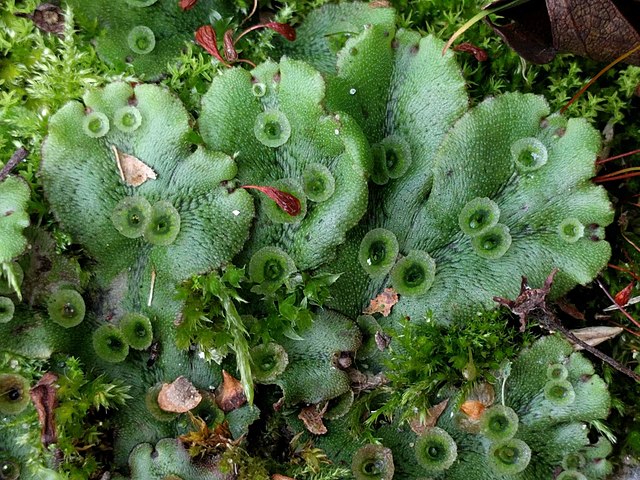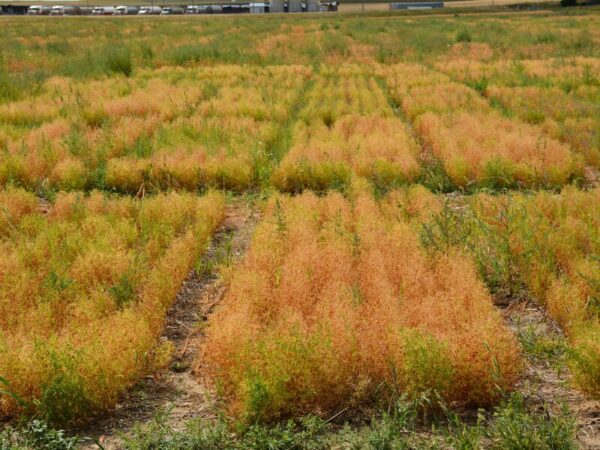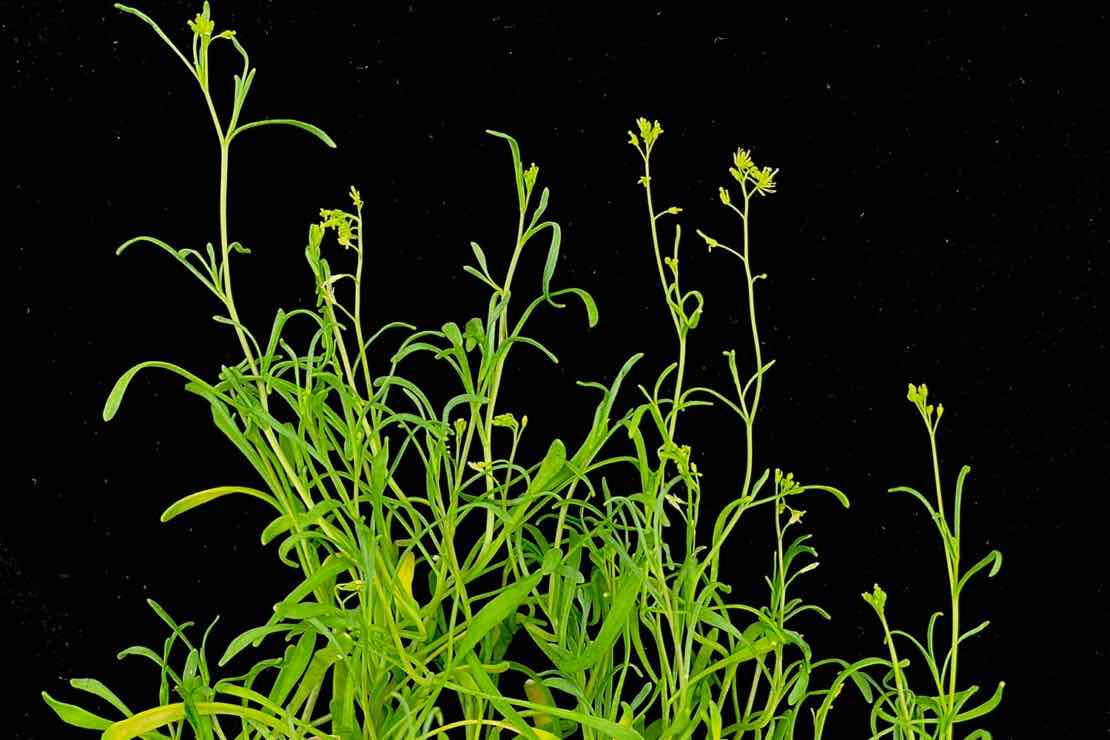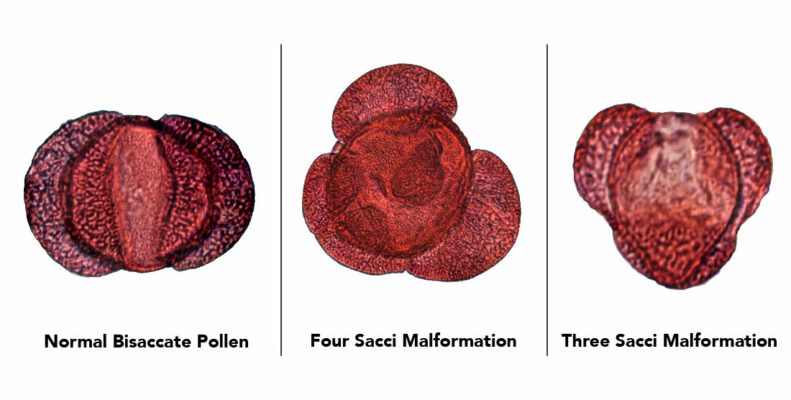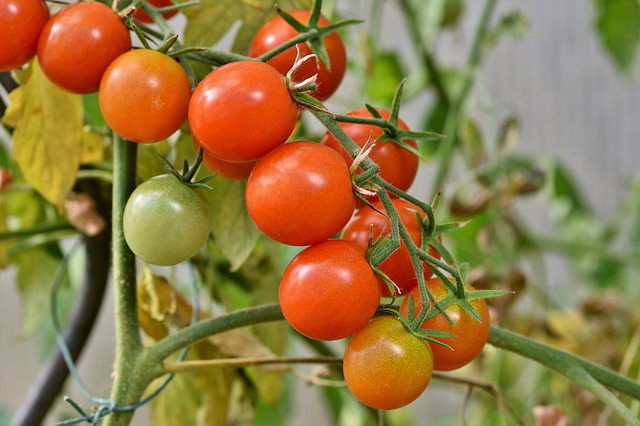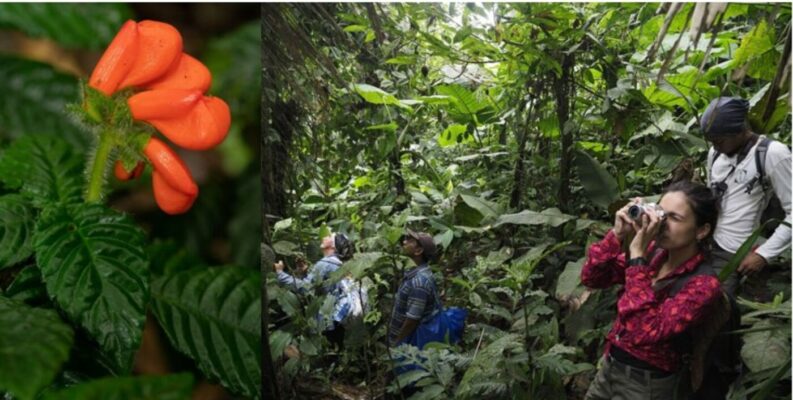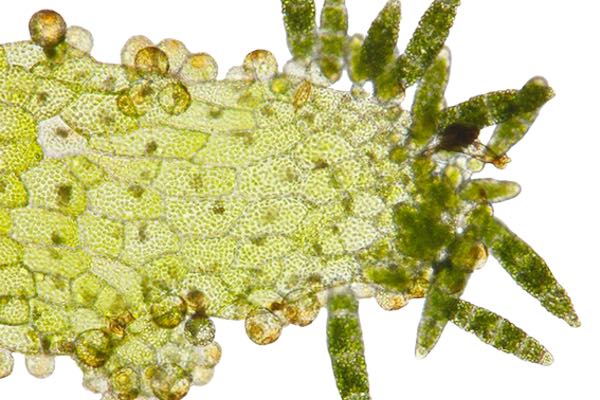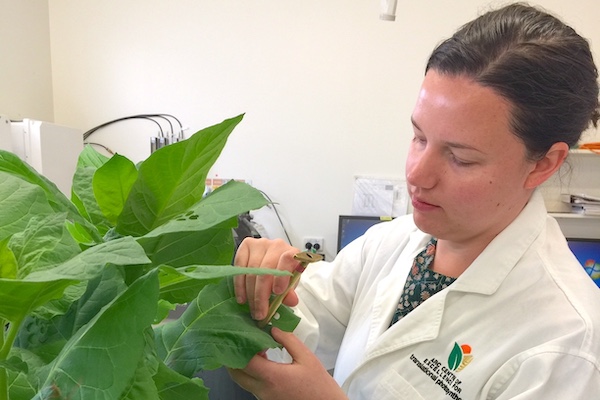
Modifying photosynthesis has increasingly been a research target to improve crop yields to feed a growing global population in the face of climate change and other environmental factors. In a recent study, a research team investigated the effects of increasing the amount…
Read More



